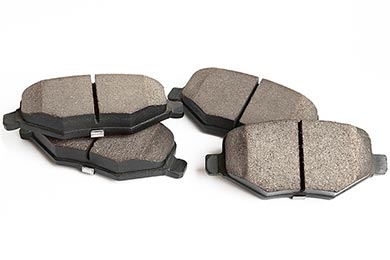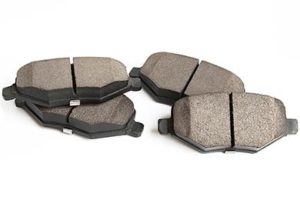- Alumina
- Boron Nitride
- Zirconia
- Other Ceramics
- Applications
- Contact

With the improvement of modern production technology, some new ceramic materials have emerged, which have their own characteristics and can be made into various functional components. For example, thorium oxide ceramics are dielectric materials; boride, nitride and silicified metal ceramics are super high-temperature materials; rare earth cobalt ceramics are memory materials, etc. At present, significant progress has been made in the application of new ceramic materials in automobiles, mainly in the following aspects.
Automotive brake
Ceramic brakes are made from carbon fiber brakes. A carbon fiber brake disc is originally made of carbon fiber and resin. It is pressed and shaped by the machine and then heated, carbonized, heated and cooled to make ceramic brakes. The surface hardness of the carbon-silicon compound of the ceramic brake is close to that of the diamond. The carbon fiber structure inside the disc makes it strong and resistant to impact and corrosion, which makes the disc extremely wear-resistant. Currently, such technology is used in not only F1 cars but also in super civilian sports cars, such as Mercedes-Benz’s CL55 AMG.

Ceramic Brakes
Automobile shock absorber
The vibration damping device of the car is an intelligent shock absorber which has been developed by using the positive piezoelectric effect, inverse piezoelectric effect and electrostrictive effect of sensitive ceramics. Due to the use of high-sensitivity ceramic components, the shock absorber has the function of identifying road surface and making self-adjustment, which can reduce the vibration caused by the rough road surface of the car to a minimum.
Automobile spraying technology
In the past years, ceramic membrane spraying technology, which is widely used in space technology, has been applied to the automobile. This technology has the advantage of good insulation effect, mature technology, and stable quality, and can withstand high temperature and high pressure. To achieve the goal of low heat dissipation, ceramic spraying can be performed on the combustor components, such as zirconia sprayed on the piston top and zirconia sprayed on the cylinder liner. This process can reduce heat loss and the weight of the engine, as well as the size of the engine and reduce fuel consumption.

Automobile Spraying
Automobile engine
The new type of ceramics for automobile engines is made by sintering inorganic non-metals such as zirconia. Zirconia ceramics are more than three times as strong as alumina ceramics used in the past and can withstand temperatures of more than 1,000 degrees Celsius.
Insulate the combustor with a ceramic material with good insulation, and then use the exhaust turbocharger and power turbine to recover the exhaust energy, which increases the thermal efficiency to 48%. The new ceramic turbocharger, which has better heat resistance than today’s ultra-hot alloys, has about one-third the weight of a metal turbine. With the use of new ceramics, it will be possible for the diesel engine to start quickly.
Please visit http://www.samaterials.com for more information.